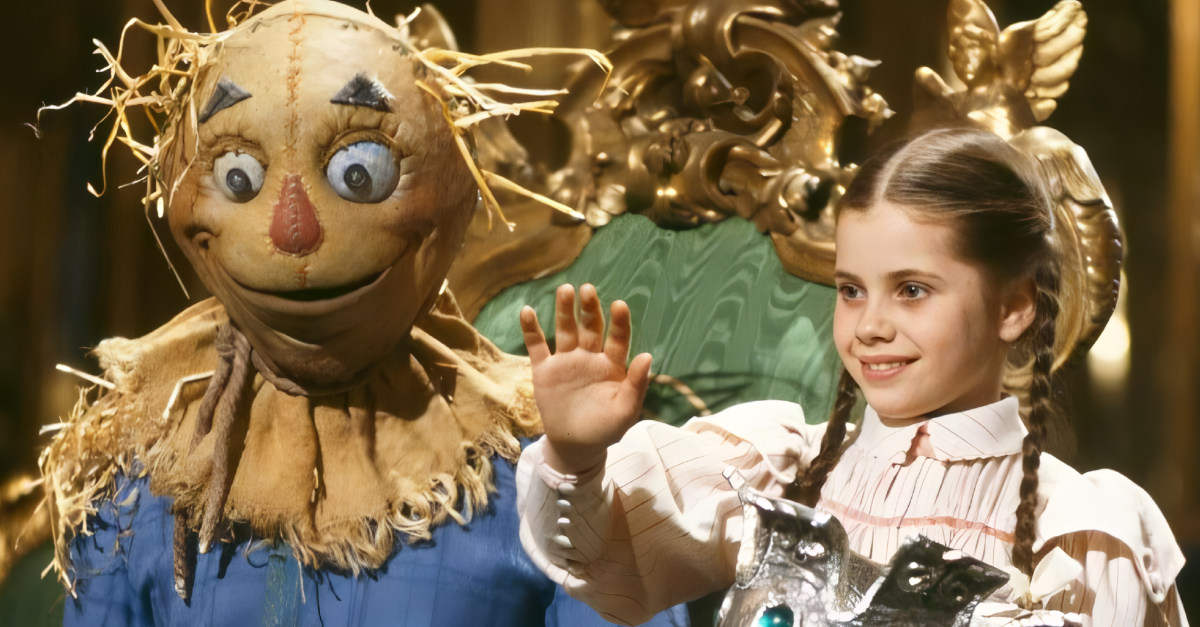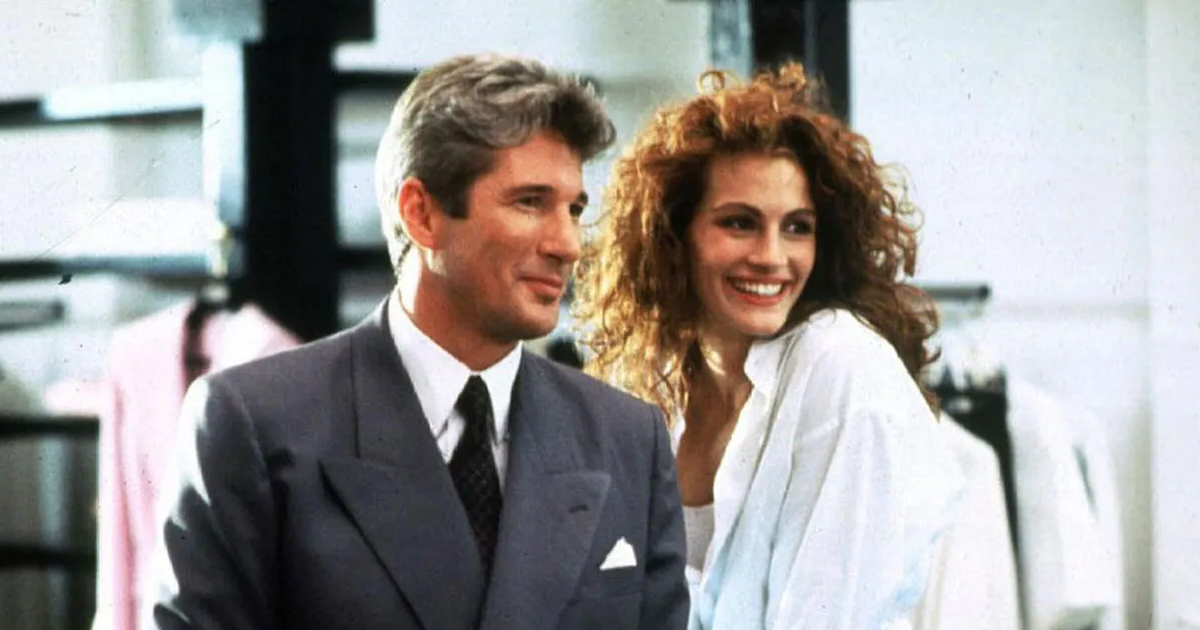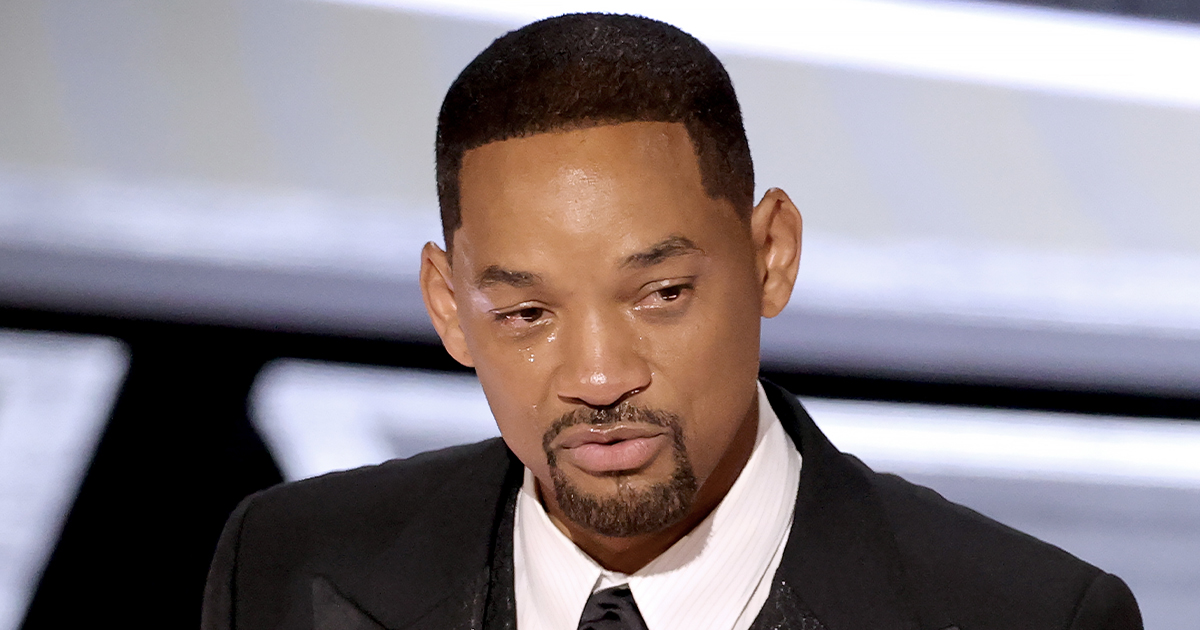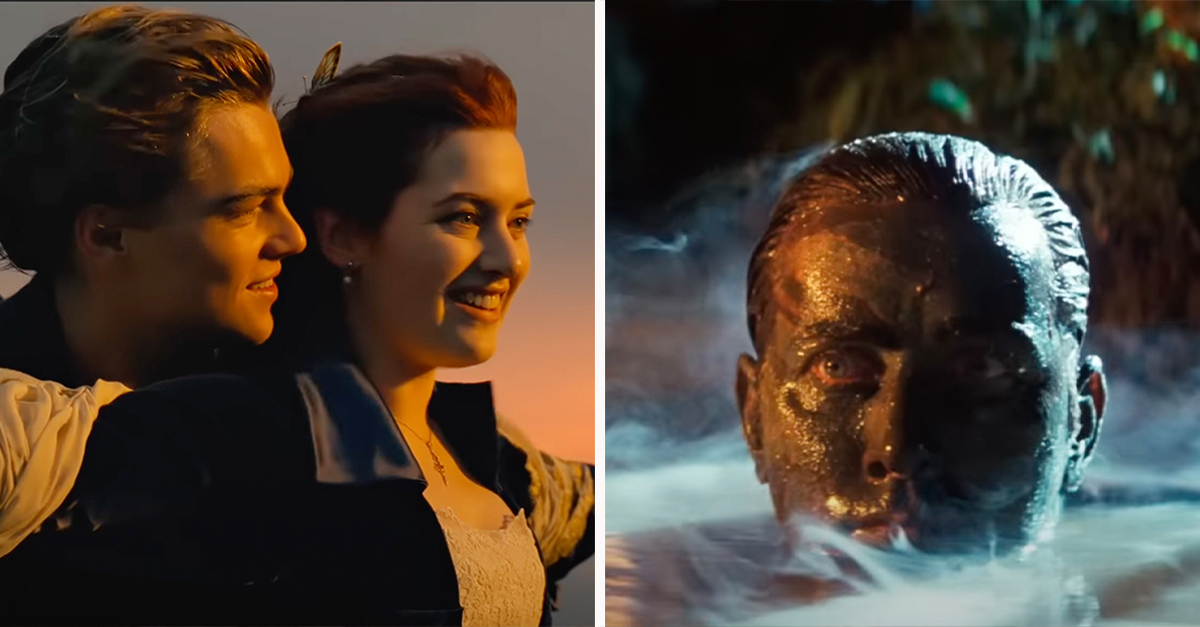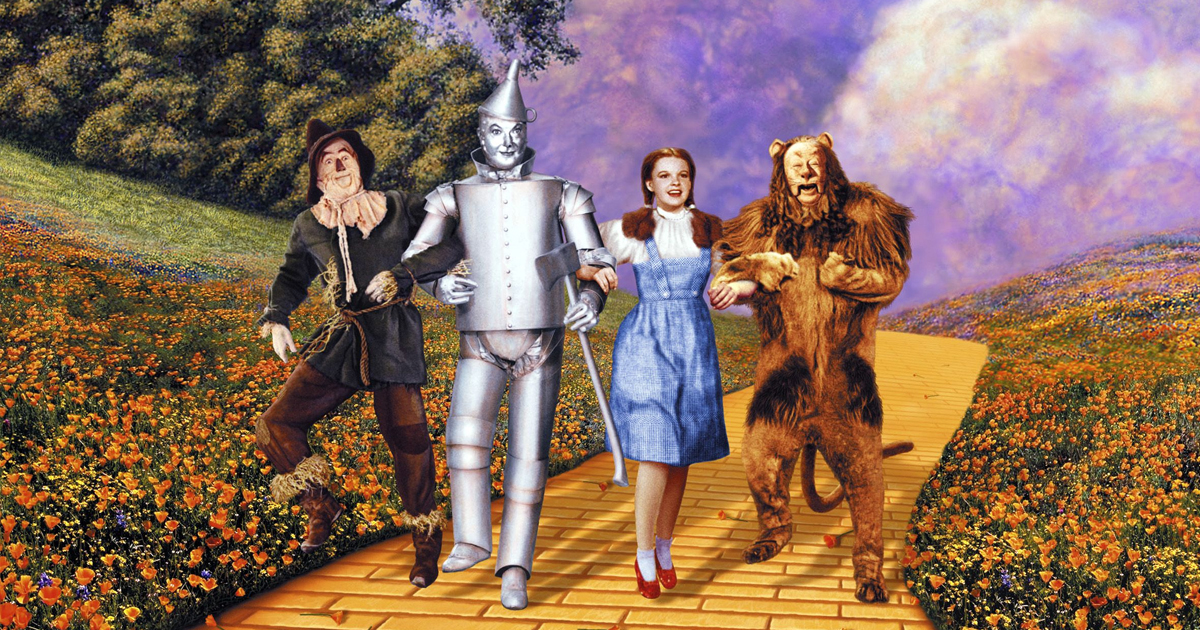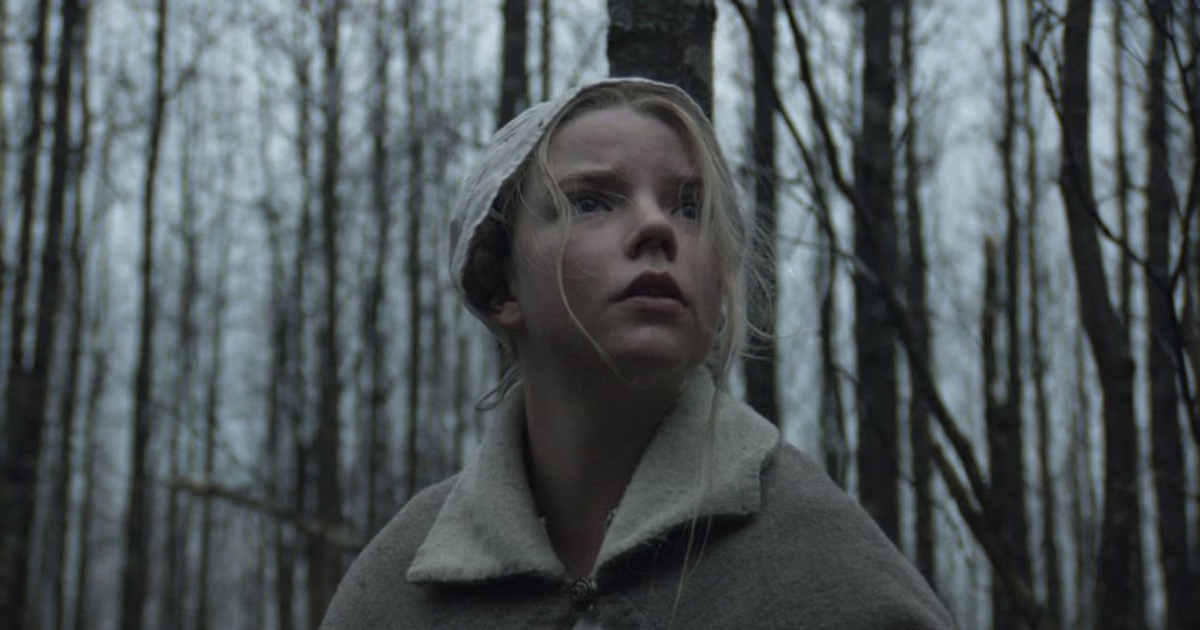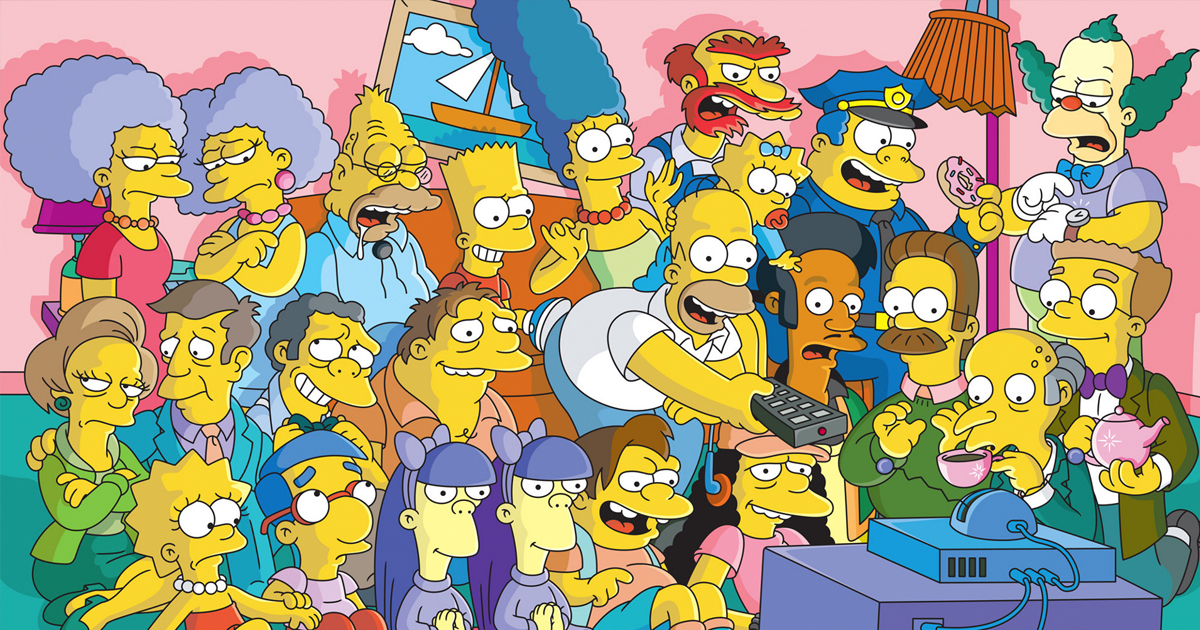When You Realize Childhood Cinema Was… Kinda Twisted
We all have those movies we adored growing up—bright colors, catchy songs, adorable characters. But rewatch them as an adult, and you might start to wonder how these ever made it into the “kid-friendly” section. Behind the whimsical animation and goofy gags, there were themes of loss, death, abandonment, and existential dread.
"Willy Wonka & the Chocolate Factory" (1971)
For all its candy-coated charm, Willy Wonka is basically a cautionary tale about greed and gluttony, featuring psychedelic boat rides and implied child endangerment.
 Warner Bros. Pictures, Willy Wonka & the Chocolate Factory (1971)
Warner Bros. Pictures, Willy Wonka & the Chocolate Factory (1971)
"The Lion King" (1994)
Sure, The Lion King had toe-tapping tunes and a charming cast of animals, but it also featured one of Disney’s most gut-wrenching scenes—Mufasa’s death. Watching young Simba nuzzle his lifeless father while pleading for him to wake up was devastating. Add in themes of betrayal, exile, and survivor’s guilt, and it’s clear this movie was more than just a “Hakuna Matata” romp.
 The Walt Disney Studios, The Lion King (1994)
The Walt Disney Studios, The Lion King (1994)
"Labyrinth" (1986)
David Bowie’s musical charm aside, Labyrinth is about a teenage girl navigating manipulation, power struggles, and unsettling surrealism. The tone is darker than the puppet antics suggest.
 Tristar Pictures, Labyrinth (1986)
Tristar Pictures, Labyrinth (1986)
"The NeverEnding Story" (1984)
A magical adventure through a fantasy realm? Check. A literal swamp of soul-crushing despair where a beloved horse drowns in front of a crying child? Also check. The NeverEnding Story terrified young viewers with themes of loss, apathy, and hopelessness—all wrapped up in a story supposedly about imagination.
"Bambi" (1942)
It’s a classic coming-of-age tale… that starts with a mother being shot dead by hunters. Bambi quickly shifts from a sweet story of forest friends to a meditation on grief and survival. Disney may have softened the imagery, but the emotional blow hit generations of children square in the heart.
 RKO Radio Pictures, Bambi (1942)
RKO Radio Pictures, Bambi (1942)
"Watership Down" (1978)
On the surface, it’s an animated movie about cute rabbits. In reality, Watership Down is a violent, bloody allegory about survival, fascism, and death. The pastoral animation style lured kids in, only to traumatize them with graphic fight scenes and haunting visions.
 Warner Bros., Watership Down (1978)
Warner Bros., Watership Down (1978)
"All Dogs Go to Heaven" (1989)
Even before the catchy title song kicks in, All Dogs Go to Heaven is about, well… a dog being murdered and going to the afterlife. Themes of revenge, gambling, and redemption swirl around the story, along with surprisingly intense depictions of Hell.
 United Artists, All Dogs Go to Heaven (1989)
United Artists, All Dogs Go to Heaven (1989)
"The Secret of NIMH" (1982)
Based on a novel about genetically altered lab rats, The Secret of NIMH is equal parts magical and deeply unsettling. The film tackles animal cruelty, unethical science experiments, and the threat of death at nearly every turn.
 MGM/UA Entertainment Co., The Secret of NIMH (1982)
MGM/UA Entertainment Co., The Secret of NIMH (1982)
"Coraline" (2009)
Marketed as a quirky stop-motion fantasy, Coraline is essentially a horror film for kids. From button-eyed doppelgängers to an “Other Mother” who wants to trap Coraline forever, the story dives into themes of manipulation and entrapment—just with a colorful aesthetic.
 Focus Features, Coraline (2009)
Focus Features, Coraline (2009)
"Return to Oz" (1985)
Forget ruby slippers and cheerful munchkins—Return to Oz opens with Dorothy getting electroshock therapy. The rest of the film is filled with creepy moments, including the terrifying Wheelers, a headless witch, and a decayed Emerald City.
 Walt Disney Pictures, Return to Oz (1985)
Walt Disney Pictures, Return to Oz (1985)
"Dumbo" (1941)
Dumbo may be known for its cute flying elephant, but it’s also a story about cruelty, bullying, and separation. Watching Dumbo’s mother get chained away after defending him is heartbreaking. And then there’s the surreal, borderline terrifying “Pink Elephants on Parade” sequence.
 RKO Radio Pictures, Dumbo (1941)
RKO Radio Pictures, Dumbo (1941)
"The Fox and the Hound(1981)
What starts as a sweet tale of friendship becomes a story about societal prejudice and inevitable separation. Watching Tod and Copper grow apart under the weight of hunting tradition was devastating for kids expecting a happy ending.
 Buena Vista Distribution, The Fox and the Hound (1981)
Buena Vista Distribution, The Fox and the Hound (1981)
"Pinocchio" (1940)
Yes, Pinocchio had whimsical songs, but it also had child abduction, forced labor, and a transformation sequence straight out of a horror film when kids turn into donkeys. Pleasure Island was pure nightmare fuel.
 RKO Radio Pictures, Pinocchio (1940)
RKO Radio Pictures, Pinocchio (1940)
"Snow White and the Seven Dwarfs" (1937)
It’s Disney’s first animated feature, but Snow White is full of poison, murder plots, and creepy woodland imagery. The Evil Queen’s transformation scene is still nightmare material.
 RKO Radio Pictures, Snow White and the Seven Dwarfs (1937)
RKO Radio Pictures, Snow White and the Seven Dwarfs (1937)
"The Hunchback of Notre Dame" (1996)
For a “kids’ movie,” The Hunchback of Notre Dame dives into lust, religious hypocrisy, genocide, and persecution. Judge Frollo’s “Hellfire” song alone feels like it belongs in an R-rated drama.
 Walt Disney Pictures, The Hunchback of Notre Dame (1996)
Walt Disney Pictures, The Hunchback of Notre Dame (1996)
"The Land Before Time" (1988)
A cute dinosaur movie, right? Sure—until Littlefoot’s mother dies in one of the most gut-punching moments in animation. Themes of loss, hunger, and survival dominate the rest of the film.
 Universal Pictures, The Land Before Time (1988)
Universal Pictures, The Land Before Time (1988)
"An American Tail" (1986)
Marketed as a sweet immigrant story, An American Tail includes separation, poverty, and danger at every turn. Fievel’s search for his family mirrors the struggles of real immigrant experiences.
 Universal Pictures, An American Tail (1986)
Universal Pictures, An American Tail (1986)
"The Brave Little Toaster" (1987)
This one’s a masterclass in existential dread disguised as appliance comedy. The toaster and friends face abandonment, obsolescence, and death in a junkyard scene that feels shockingly intense.
 Hyperion Pictures, The Brave Little Toaster (1987)
Hyperion Pictures, The Brave Little Toaster (1987)
"The Dark Crystal" (1982)
Jim Henson went full dark fantasy with The Dark Crystal, which features creepy creatures, apocalyptic stakes, and body horror elements. The Skeksis alone were enough to cause nightmares.
 Universal Pictures, The Dark Crystal (1982)
Universal Pictures, The Dark Crystal (1982)
"Pete’s Dragon" (1977)
Beneath the whimsy, Pete’s Dragon has child abuse, alcoholism, and themes of abandonment. The sweet songs mask some pretty grim undertones.
 Buena Vista Distribution, Pete’s Dragon (1977)
Buena Vista Distribution, Pete’s Dragon (1977)
"Matilda" (1996)
Sure, Matilda is empowering, but it’s also a story about severe child neglect, emotional abuse, and violence—especially at the hands of the terrifying Miss Trunchbull.
 TriStar Pictures, Matilda (1996)
TriStar Pictures, Matilda (1996)
"Up" (2009)
The colorful balloons mask an opening montage that’s basically a short film about infertility, death, and unfulfilled dreams. The rest is an adventure tinged with grief.
 Walt Disney Studios Motion Pictures, Up (2009)
Walt Disney Studios Motion Pictures, Up (2009)
"Inside Out" (2015)
While visually bright and funny, Inside Out is a meditation on depression, loss, and the complexity of growing up—with Bing Bong’s farewell leaving many kids in tears.
 Walt Disney Studios Motion Pictures, Inside Out (2015)
Walt Disney Studios Motion Pictures, Inside Out (2015)
"Wall-E" (2008)
A cute robot love story on the surface, Wall-E also explores environmental collapse, corporate greed, and humanity’s decay into apathy. It’s surprisingly bleak for a Pixar film.
 Walt Disney Studios Motion Pictures, WALL-E
Walt Disney Studios Motion Pictures, WALL-E
"James and the Giant Peach" (1996)
Beneath its quirky animation, James and the Giant Peach features child mistreatment, death, and unsettling surrealism. The stop-motion style adds to the eerie atmosphere.
 Buena Vista Pictures Distribution, James and the Giant Peach (1996)
Buena Vista Pictures Distribution, James and the Giant Peach (1996)
"The Pagemaster" (1994)
Meant to encourage reading, The Pagemaster starts with a boy nearly killed in a storm, then takes him through surreal and sometimes scary literary worlds.
 20th Century Fox, The Pagemaster (1994)
20th Century Fox, The Pagemaster (1994)
"Pocahontas" (1995)
Bright songs aside, Pocahontas is about colonization, cultural erasure, and violence—heavier themes than most kids grasp on first viewing.
 Buena Vista Pictures Distribution, Pocahontas (1995)
Buena Vista Pictures Distribution, Pocahontas (1995)
"The Rescuers" (1977)
This animated adventure has child kidnapping, poverty, and exploitation right at its core. Medusa’s creepy lair is nightmare-worthy.
 Buena Vista Distribution, The Rescuers (1977)
Buena Vista Distribution, The Rescuers (1977)
"Holes" (2003)
Marketed as a quirky mystery, Holes is full of child labor, wrongful imprisonment, and generational curses. Darker than the trailer ever suggested.
 Buena Vista Pictures Distribution, Holes (2003)
Buena Vista Pictures Distribution, Holes (2003)
"Bridge to Terabithia" (2007)
A whimsical friendship story—until one of the main characters dies unexpectedly, leaving kids unprepared for the emotional punch.
 Buena Vista Pictures Distribution, Bridge to Terabithia (2007)
Buena Vista Pictures Distribution, Bridge to Terabithia (2007)
"Monster House" (2006)
Stylized animation can’t hide the fact that Monster House is about death, grief, and trauma, wrapped in a supernatural horror shell.
 Columbia Pictures, Monster House (2006)
Columbia Pictures, Monster House (2006)
"The Iron Giant" (1999)
Heartwarming and heroic, yes—but also a cold war allegory about fear, prejudice, and self-sacrifice. The ending left many kids in tears.
 Warner Bros., The Iron Giant (1999)
Warner Bros., The Iron Giant (1999)
"The Black Cauldron" (1985)
Dark magic, undead armies, and a horned skeletal villain made The Black Cauldron too intense for many younger viewers.
 Buena Vista Distribution, The Black Cauldron (1985)
Buena Vista Distribution, The Black Cauldron (1985)
"Balto" (1995)
An inspiring true story with disease, survival, and prejudice woven into the plot. Not all sled dog tales are just about snow and fun.
 Universal Pictures, Balto (1995)
Universal Pictures, Balto (1995)
"Hachi: A Dog’s Tale" (2009)
It’s a beautiful story of loyalty, but it’s also about a dog waiting for his dead owner for years. Most adults cry—kids didn’t stand a chance.
 Sony Pictures Classics, Hachi: A Dog’s Tale (2009)
Sony Pictures Classics, Hachi: A Dog’s Tale (2009)
You Might Also Like:
The Most Iconic Coming-Of-Age Movies Ever

